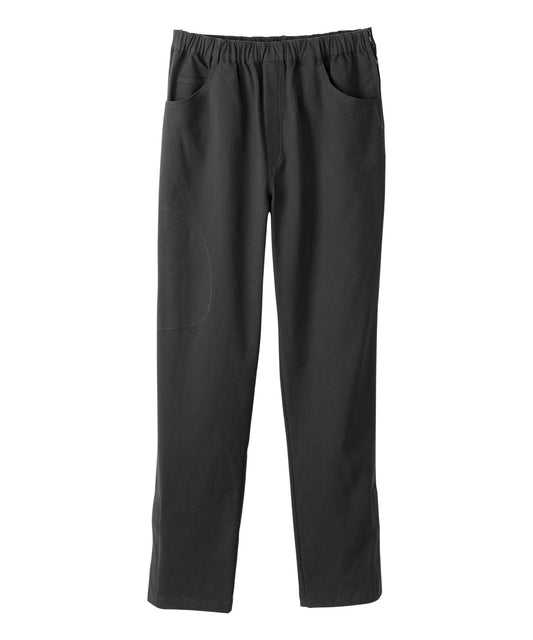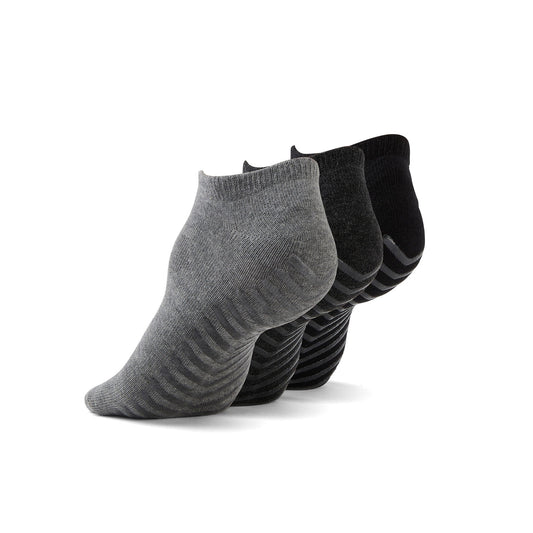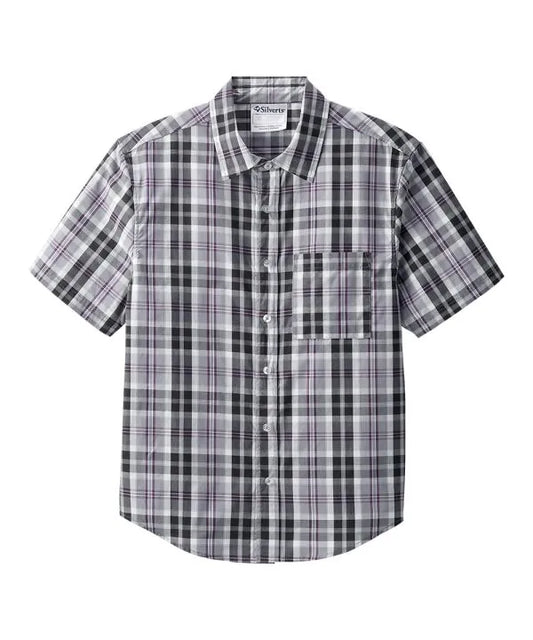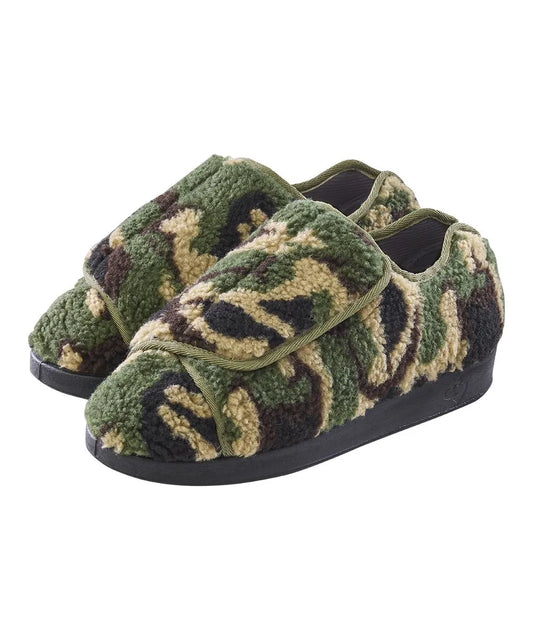Written by Alisa Matsushita-Bomba & reviewed by Nicole Fernandes
Many people tend to not protect their skin from the sun. In North America, it is common for people to want tan skin. Tan skin is the beauty standard that makes many women use tanning beds, stay outside in the sun, and not use sunscreen and other forms of sun protection. In Western culture, the association of tanned skin with beauty has evolved over time and can be traced to a range of explanations such as historical, cultural, and social influences.
In the 1920s, tanned skin began to represent leisure and wealth. Sunbathing and vacationing in exotic destinations became synonymous with relaxation and getting away from the strains of daily life. The urge to achieve a tan evolved into a way of showing one's ability to afford vacations and leisure time, which contributed to the perception of tanned skin as attractive. It is important to note that beauty standards and preferences differ among cultures and vary with time. While tan skin has traditionally been associated with attractiveness in Western culture, opinions of beauty are subjective and can change between individuals and societies.
Why is sun safety important?
According to the CDC, less than half of older individuals who spend an hour or more outside on a warm, sunny day protect their skin from the sun. There are many reasons why sun safety is important, especially for older adults:
Skin cancer prevention
Prolonged, unprotected exposure to ultraviolet (UV) light from the sun is the biggest risk factor for skin cancer. UV rays can cause DNA mutations in skin cells, which can lead to the development of skin cancers such as melanoma, basal cell carcinoma, and squamous cell carcinoma. As people age, their skin becomes thinner, more delicate, and loses its ability to renew itself. This makes older people more vulnerable to UV radiation's negative effects and raises their risk of getting skin cancer. Seniors can lower their risk of skin cancer and maintain their overall health by practicing sun safety.
Our defences against skin illnesses weaken as we age. Skin cancer is one of the most easily avoidable types of cancer. While many factors can contribute to skin problems, it is important to focus on those that we can control.
Eye protection
Prolonged exposure to UV radiation from the sun can also harm the eyes and increase the likelihood of macular degeneration, cataracts, and photokeratitis (a painful eye condition equivalent to a sunburn), which older adults are more susceptible.
Medications relating to skin sensitivity
Seniors often use drugs that can make their skin more sensitive to the sun. Antibiotics, diuretics, and nonsteroidal anti-inflammatory drugs (NSAIDs) can all make the skin more susceptible to sunburn and other sun-related skin damage. It is vital that older persons are aware of these potential negative effects and take extra steps to protect their skin when exposed to sunlight.
Pre-existing skin conditions
Pre-existing skin diseases such as rosacea, eczema, or psoriasis in older persons may be worsened by sun exposure. When exposed to ultraviolet (UV) rays, these conditions can cause irritation, flare-ups, and severe skin damage. Sun safety precautions can help manage these problems as well as minimize the negative impacts on skin health.
How can older adults protect their skin from the sun?
Older adults can protect their skin from the sun by following these sun safety measures:
Wearing sunscreen
Apply a broad-spectrum sunscreen with at least an SPF of 30 to all exposed skin, including the face, neck, arms, and hands. Apply sunscreen generously and reapply it every two hours, or more frequently if you are sweating or swimming. Look for sunscreens that protect against both UVA and UVB rays.
Wearing protective clothing
Covering up with clothing adds an extra layer of protection. Shopping at June Adaptive makes finding clothing suitable for older adults who can benefit from adjustable, adaptive clothing easy and fast.
Lightweight, long-sleeved shirts, trousers and skirts from tightly woven fabrics are ideal. This women’s long-sleeve top has side snap closures, allowing you to slip the shirt on with ease. The long sleeves will protect your arms from the sun’s harmful UV rays and the soft fabric is comfortable and perfect for sensitive skin.

Women's Long Sleeve Top with Side Snap Closures
These cotton long pants are comfortable and protect your legs from the sun. These trousers feature internal pull-up loops and a drawstring to cinch these pants securely into place. The convenient adjustable hem allows you to easily customize your inseam length.

Men's Cotton Pants with Elastic Waist
Another option that allows you to stay cool while keeping your skin covered is this active jacket with a magnetic zipper. The magnetic zipper snaps into place and can be zipped up or down with just one hand. Older adults with lowered hand dexterity, arthritis, or low vision who want some extra skin coverage to keep their skin protected from the sun can wear this jacket over t-shirts and tops.

Women's Magnetic Zipper Active Jacket
Wear a wide-brimmed hat to cover your face, neck, and ears, and don't forget to wear sunglasses with ultraviolet (UV) protection to keep your eyes protected.
Stay hydrated
Older adults should drink plenty of fluids, especially when spending time in the sun. Staying hydrated helps maintain healthy skin and prevents heat-related illnesses.
Check the UV index
Look at the daily UV index, which measures the intensity of UV radiation from the sun. Sunburn and skin injury are more likely in areas with higher UV index values. Plan outdoor activities appropriately, aiming for lower UV index hours. Sun safety measures should be practiced year-round, as UV radiation can still be present even on cloudy or cooler days.
Be mindful of the time you are outside
Seniors can lower their risk even further by avoiding peak sunlight exposure hours. The times of day between 10 am and 4 pm are often the most UV-intense, so schedule outside activities in the early morning or late afternoon. Remember that sun damage can occur quickly and still affect you through windows. Seek shade under umbrellas, trees, or other forms of sun protection.
Perform regular skin examinations
Always consult a doctor if you suspect anything unusual on your skin, and make an effort to set up regular exams to prevent skin disease. In addition to protecting your skin, keep an eye out for any odd growths. The Skin Cancer Foundation suggests self-examination from head to toe once a month, as well as an annual appointment with a dermatologist for a professional total-body exam. This increases your chances of detecting skin cancer at an early, treatable stage. As a general rule, keep an eye out for anything different or unusual. Take note of any growth with an irregular border, many colours, and increasing size, as well as any other noticeable changes. Pain, discomfort, itching, bleeding, or crusting at any skin site should also be reported to your doctor. New lesions that form after the age of 40 should also be looked at by a healthcare professional.
People who achieve the age of 65 can expect to live another two decades on average. This suggests that taking steps to improve sun protection and prevent sunburn among older individuals would likely help to reduce skin cancer risk in later life.
More research can help us determine the most effective approaches to promote and support sun safety in older persons. By measures made by the community like improving shade in outdoor public spaces combined with individual efforts, communities can keep working to make sun protection choices easily available to older adults.















